Your cart is currently empty!
English as the medium of instruction is one of the hot topics in education these past few days. In the first State of the Nation Address, President Ferdinand Marcos Jr. addresses the need to reconsider English as the medium of instruction in schools and the need to keep an “advantage that we have established as an English-speaking people.”
The Alliance of Concerned Teachers (ACT), Philippines opposes the push for English as the medium of instruction. ACT chairperson Vladimer Queta noted how the use of English as the medium of instruction hinders the learning of other subjects, in particular science and math, as well as the ability of students to express themselves freely.
Currently, English is the de jure medium of instruction. All textbooks and other learning materials are written in English except for social studies or sibika, Filipino, and mother tongue. However, teachers have leeway on how they conduct their classes. A teacher should be able to code switch as needed to explain their lessons. The K-12 curriculum also includes the Mother Tongue-Based-Multilingual Education (MTB-MLE), in which the medium of instruction for all subjects except English and Filipino for grades 1 to 3 is their mother tongue.

Why use English as the medium of instruction?
The reasons for pushing English as the medium of instruction rest on one fact: English is the most spoken language in the world.
The business process outsourcing (BPO) industry prefers the Philippines over several other countries to set up their call centers and other offices, thus generating more jobs for Filipinos and greater tax incomes for the government. Most of these BPO companies are from English-speaking countries such as the United Kingdom, the United States, Canada, and Australia, and thus would prefer to set up offices in a country where people speak English and with a lower cost of living.
Filipinos can work easily overseas. Being able to communicate in English, Filipinos can work together with various nationalities. It’s a well-known fact that labor is among the major exports of the Philippines, and English communication skill makes international companies inclined to hire Filipinos over other nationalities.
These are advantages that those pushing for the stronger use of English as the medium of instruction believe must be maintained and strengthened. English is an edge that Filipinos have, and we must ensure not to lose this edge in a competitive world economy.

Why use Filipino or mother tongue as the medium of instruction?
On the other hand, those pushing for the use of the native tongue as the medium of instruction presented arguments that can be summarized as follows; the use of English in instruction creates a language barrier that hinders students’ understanding and ability to express themselves.
Science and mathematics in the Philippines are mainly taught in English. ACT Philippines cited data on the competencies of students in science and mathematics from the Program for International Student Assessment (PISA) and Trends in International Mathematics to show that Filipino students rank near the bottom. Countries near the top of the rank use their native languages as the primary medium of instruction. Thus, using English as the medium of instruction creates an artificial barrier to students’ understanding of science and mathematics. Students in the Philippines need to have a certain mastery of the English language first before they can learn science and mathematics. On the other hand, countries that use their native language as the medium of instruction can jump to learning science and mathematics right away.
The use of English as the medium of instruction also hinders students’ ability to reason and express themselves. If a teacher of science or mathematics requires their students to explain their answers using the English language, it complicates the task for students by forcing them to mentally translate their thought processes into English before speaking out. Even though it is possible to learn how to think in English, it can be difficult, and people always lapse into thinking in their native language.
Learning objectives should determine the medium of instruction
Yes, we must maintain our edge as English-speaking people. However, accomplishing it by forcing all other academic subjects to speak English is misguided. The curriculum provides learning objectives for each academic subject. The language that each subject must use should be decided entirely on which can accomplish these learning objectives. Saying that we must teach science and mathematics in English so that we can maintain our competitive edge in English is like forcing science and mathematics teachers to contribute to accomplishing the objectives of the English subject, instead of focusing on their learning objectives. The other academic subjects are important disciplines equal to the English subject. Thus, these subjects should not be treated as mere accessories to reinforce English communication skills.
On the other hand, teaching science and mathematics entirely in Filipino or native tongue is not likely to work. Due to several decades of teaching these subjects entirely in English, and with most of the books written in English, many terms, concepts, and phrases do not readily translate to Filipino or any of the local languages. For example, what is the Filipino word for “matter”? The Filipino word for “current” is agos, but would students understand if you use it while talking about electricity?
While academicians can make Filipino words for anything, teachers must use language that best communicates concepts, processes, and ideas in an academic subject. If that’s English, so be it. We choose it because it is the most useful in accomplishing the learning objectives, and not because we need to keep our edge as English-speaking people. However, if a student expresses their answer in a recitation using their native language with occasional code-switching, e.g., Taglish, or if the teacher noticed that students understand the lesson better when expressed in a mix of English and their mother tongue, that should be allowed as well without any bureaucratic blanket rule forcing teachers and students to use English only.
Bibliography
Brooks R. (2010) “Bilingual Adults Can’t Stop Thinking in Native Language”, The Language Blog, retrieved 7 August 2022 from https://www.k-international.com/blog/bilingual-adults-think-in-native-language/
Cabigon M. (2015) “State of English in the Philippines: Should We Be Concerned?”, British Council Philippines, retrieved 7 August 2022 from https://www.britishcouncil.ph/teach/state-english-philippines-should-we-be-concerned-2
Chi C. (2022) “Marcos’ ideal education system: English-speaking students good at science and math”, Philstar Global, retrieved 7 August 2022 from https://www.philstar.com/headlines/2022/07/25/2197925/marcos-ideal-education-system-english-speaking-students-good-science-and-math
Hernando-Malipot M. (2022) “Make Filipino medium of instruction not English, PBBM told”, Manila Bulletin, retrieved 7 August 2022 from https://mb.com.ph/2022/07/01/make-filipino-medium-of-instruction-not-english-pbbm-told/
Quismorio E. (2022) “Villafuerte explains why he favors English as medium of instruction”, Manila Bulletin, retrieved 7 August 2022 from https://mb.com.ph/2022/07/05/villafuerte-explains-why-he-favors-english-as-medium-of-instruction/
Image Source:
https://www.freepik.com/vectors/virtual-learning
https://commons.wikimedia.org/wiki/File:Philippine_students.jpg
https://s.yimg.com/os/creatr-uploaded-images/2022-06/9cae64c0-fb46-11ec-acbb-02a28dba1d60


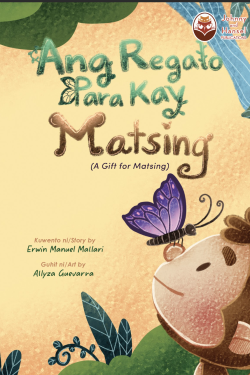







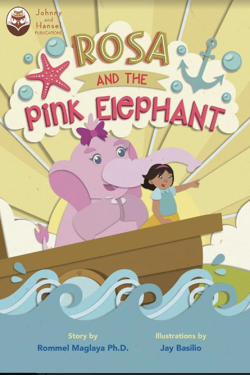

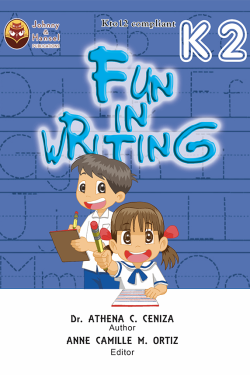
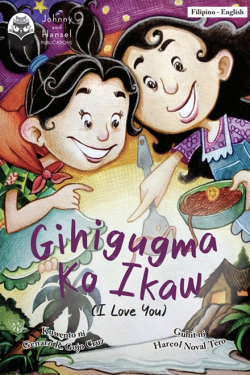
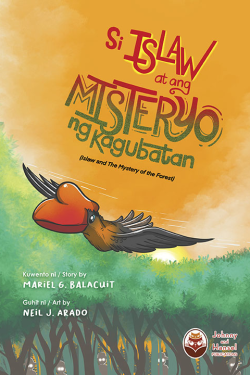

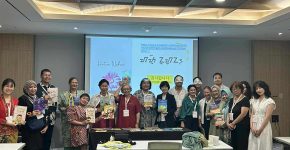
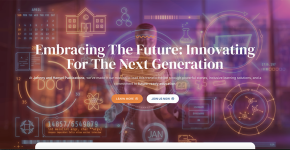

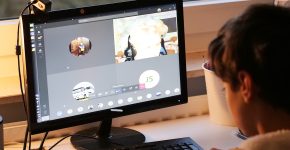
what is your mode of payment